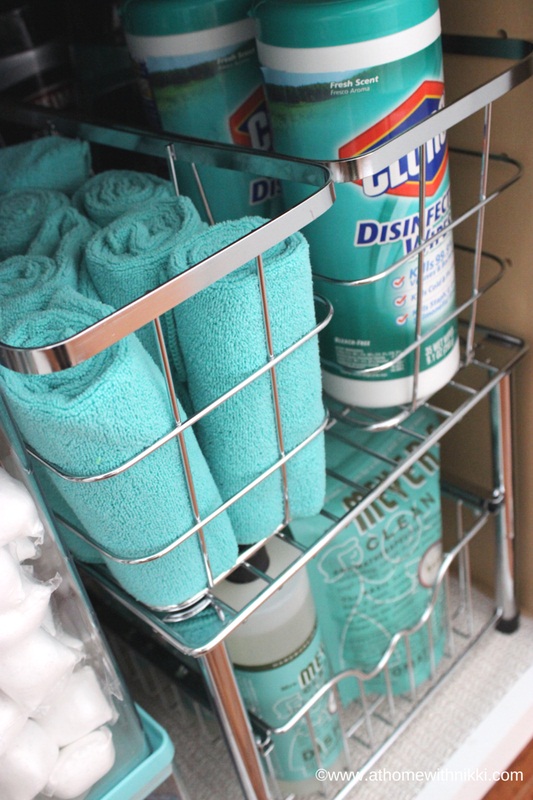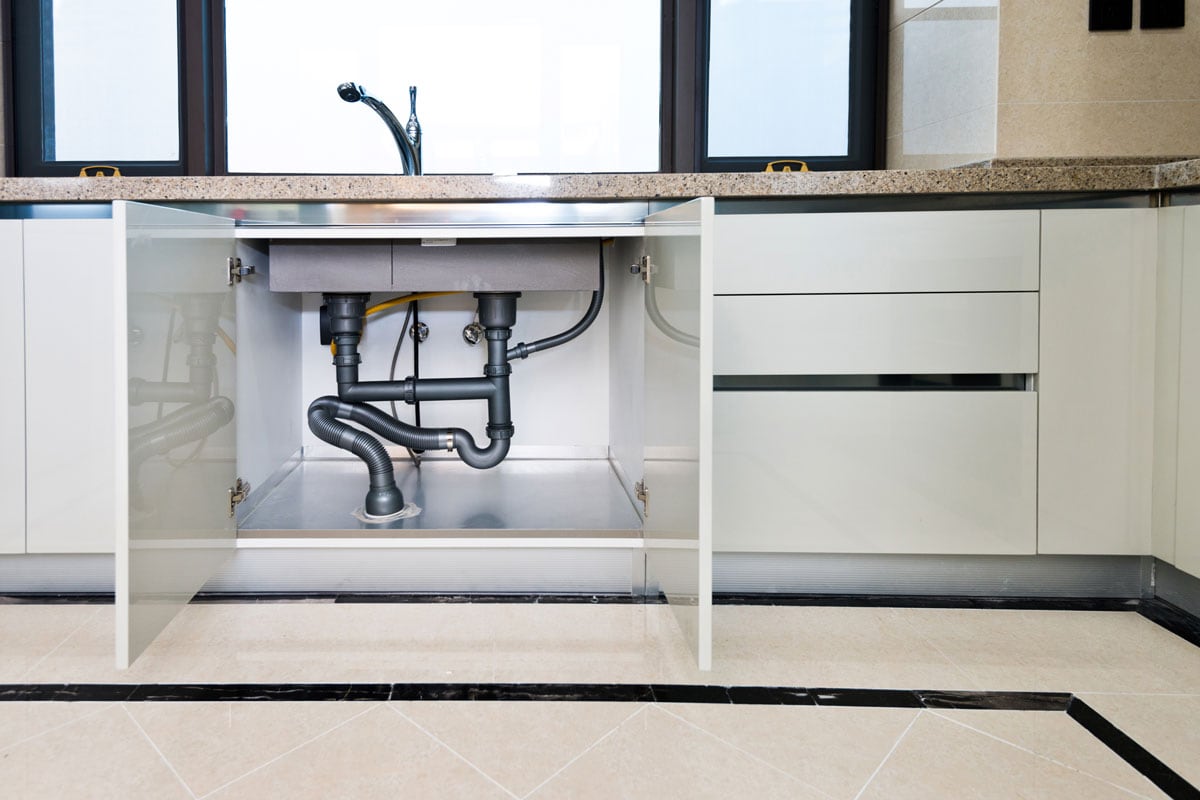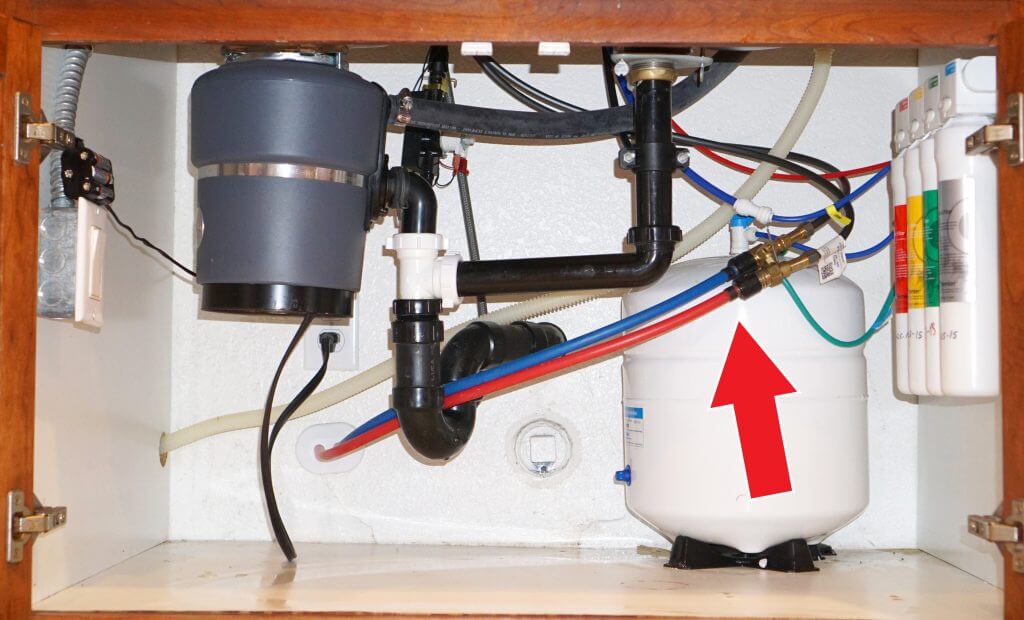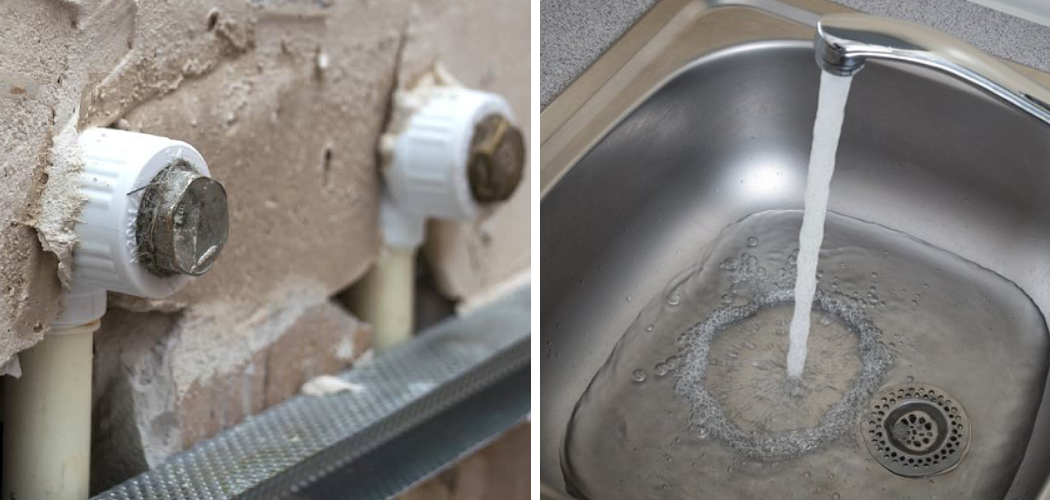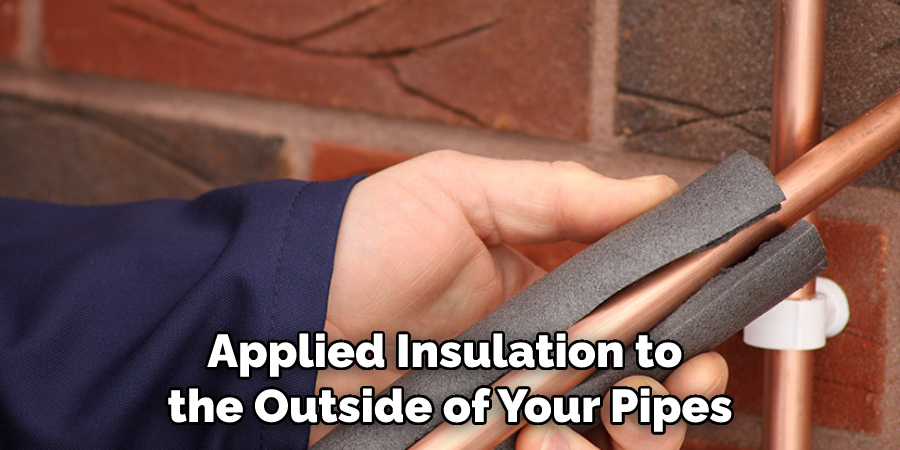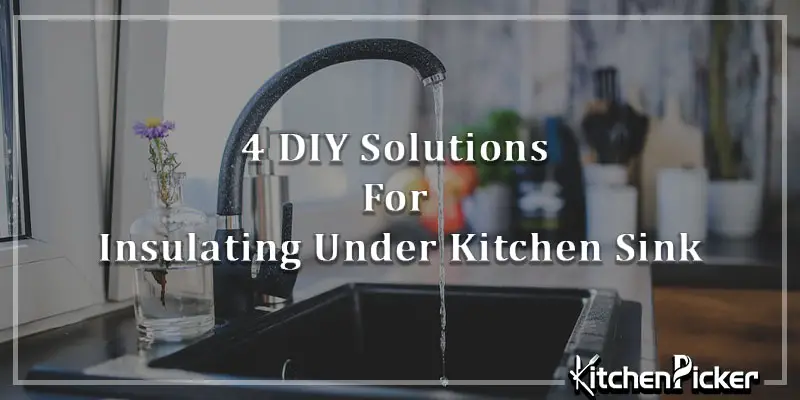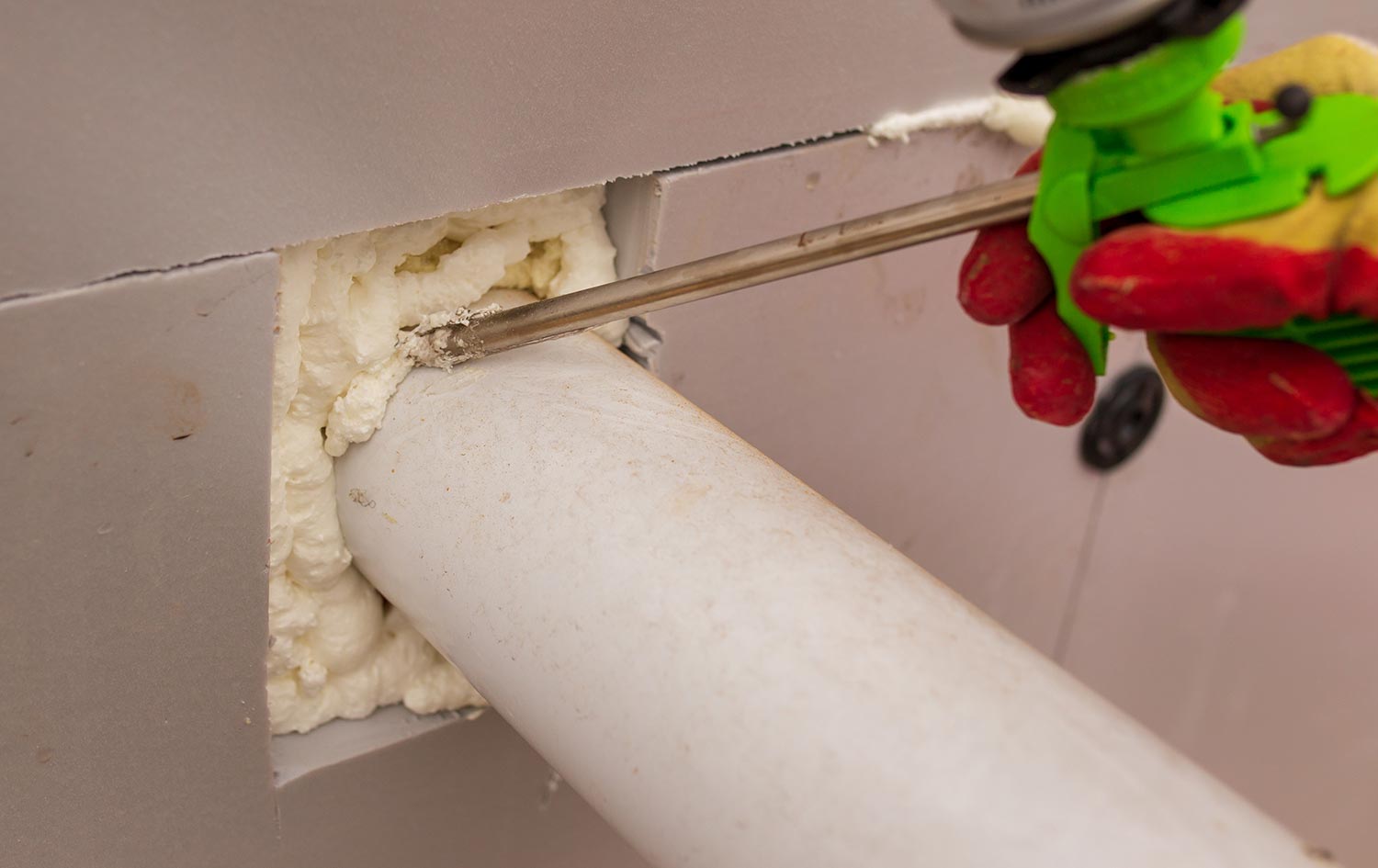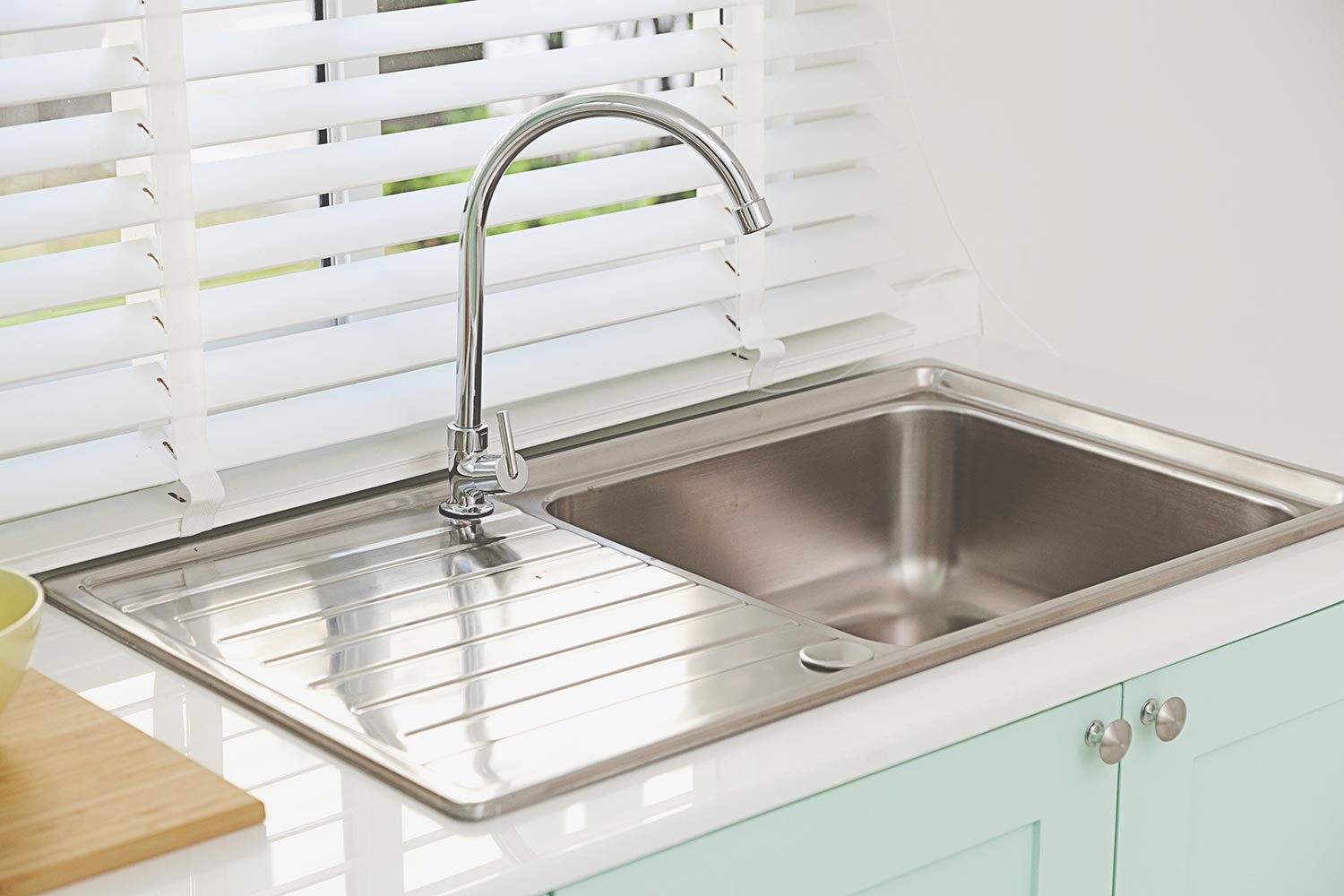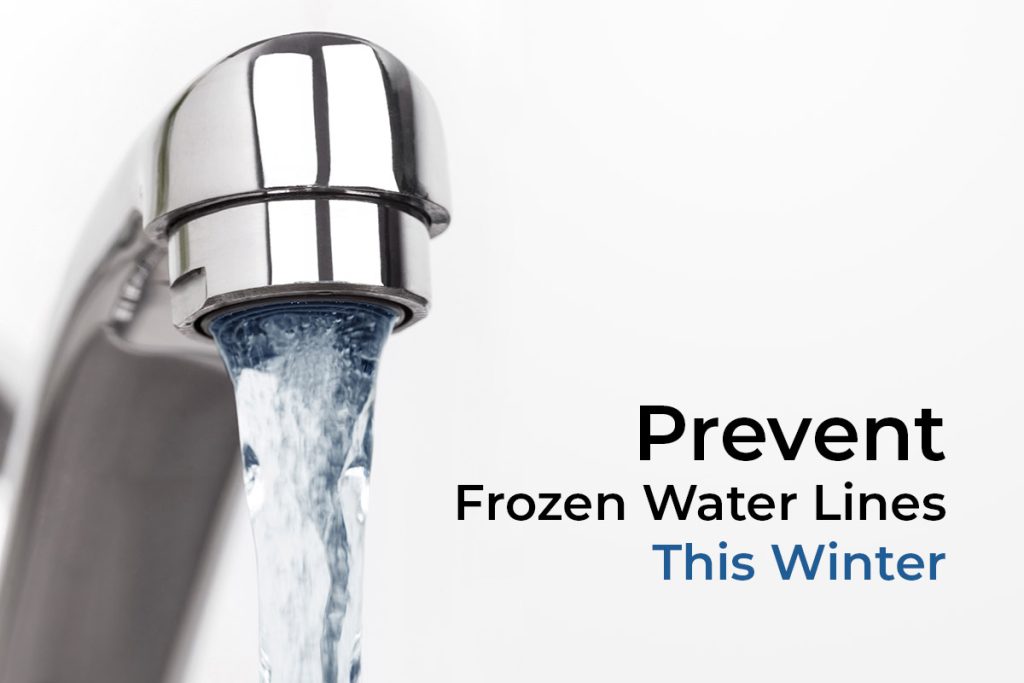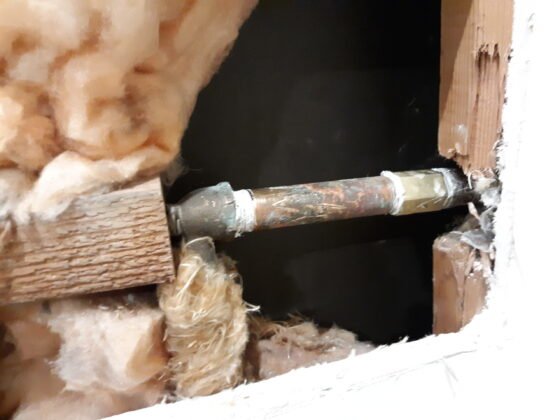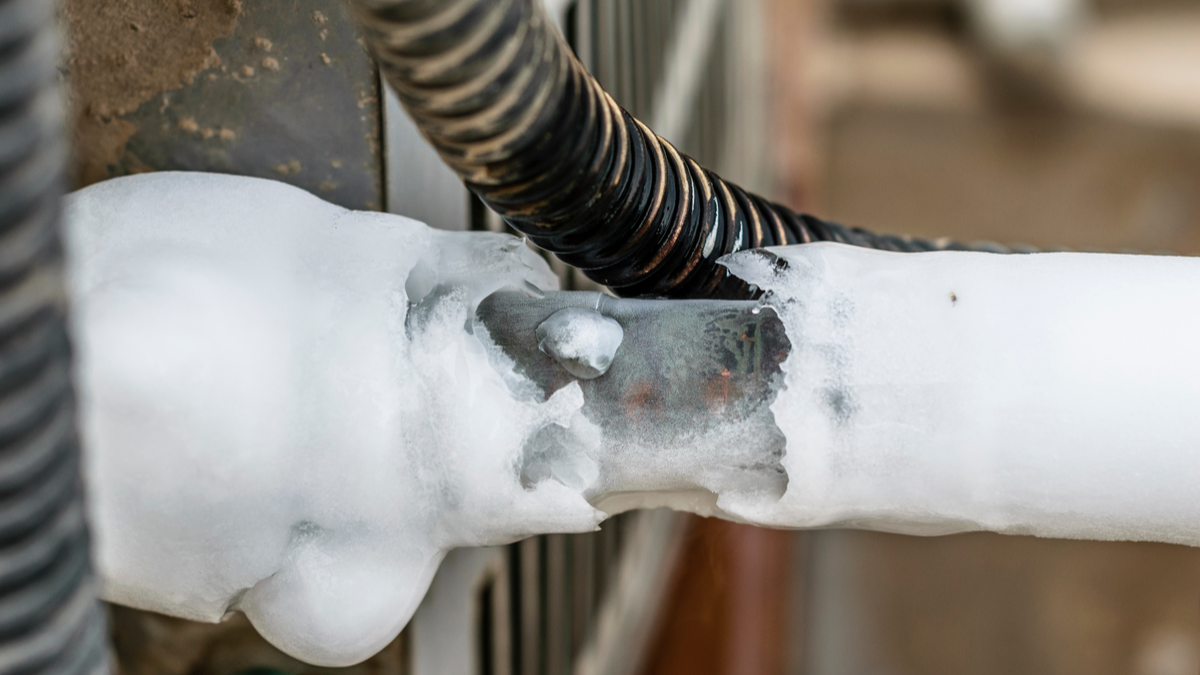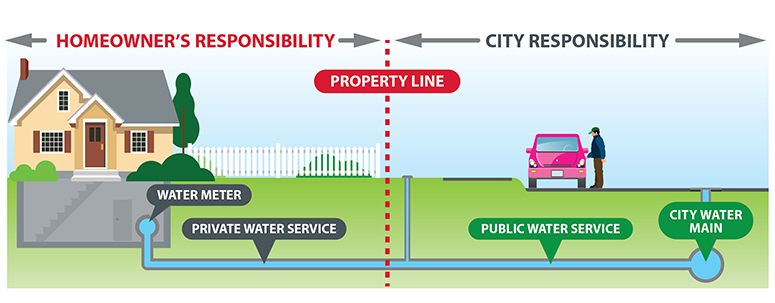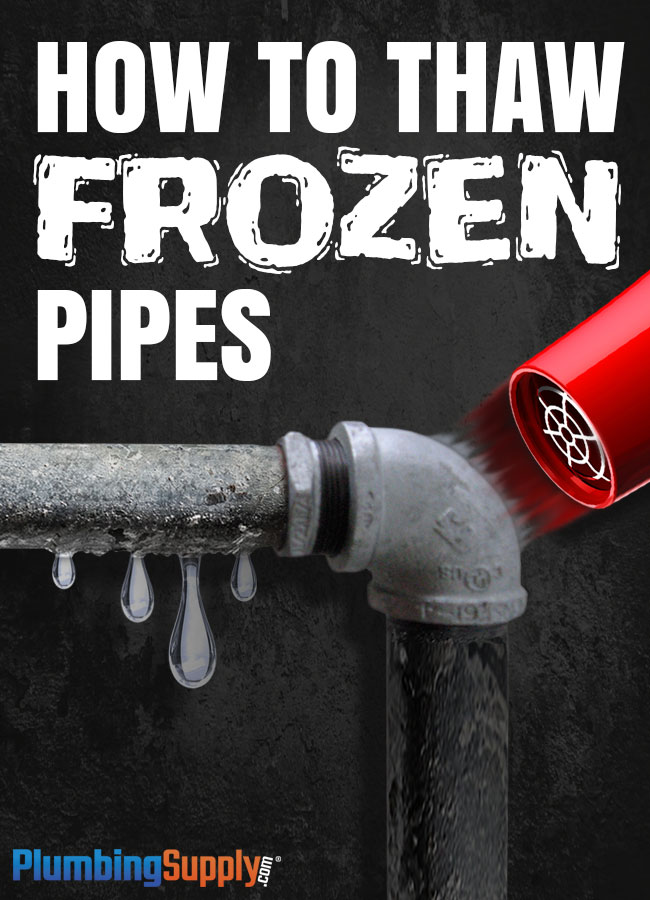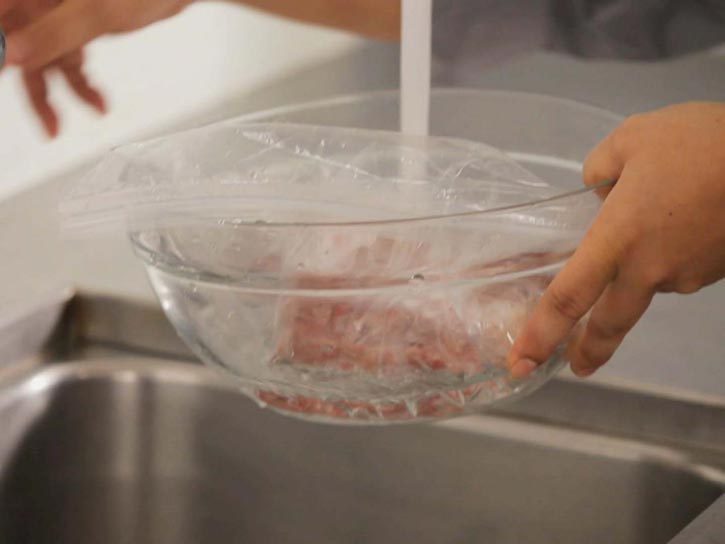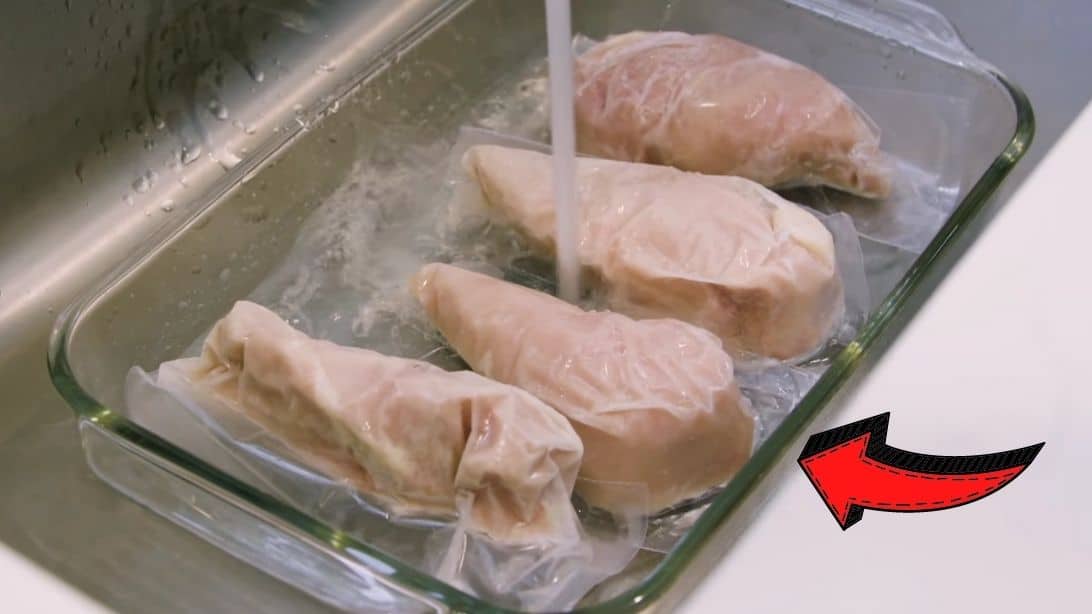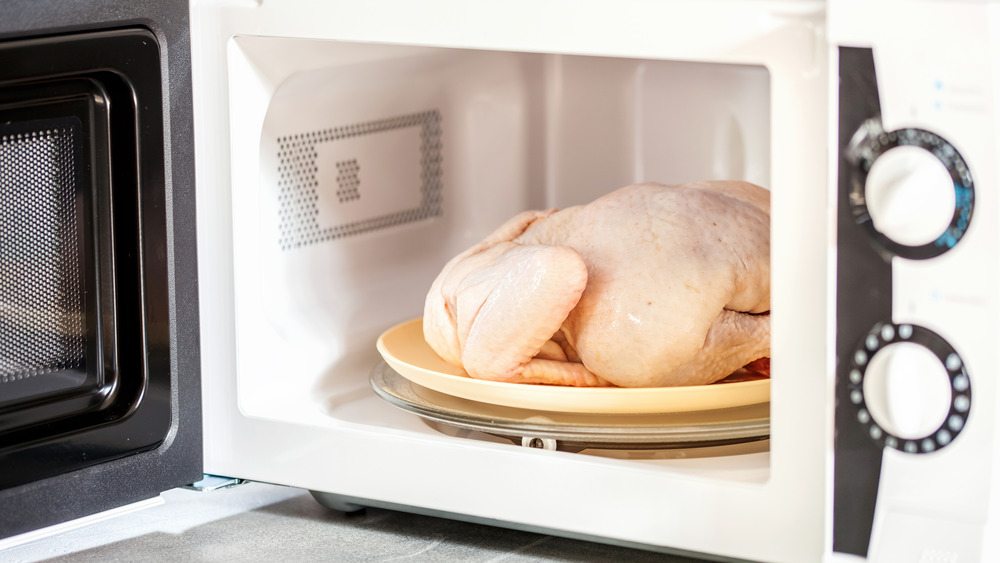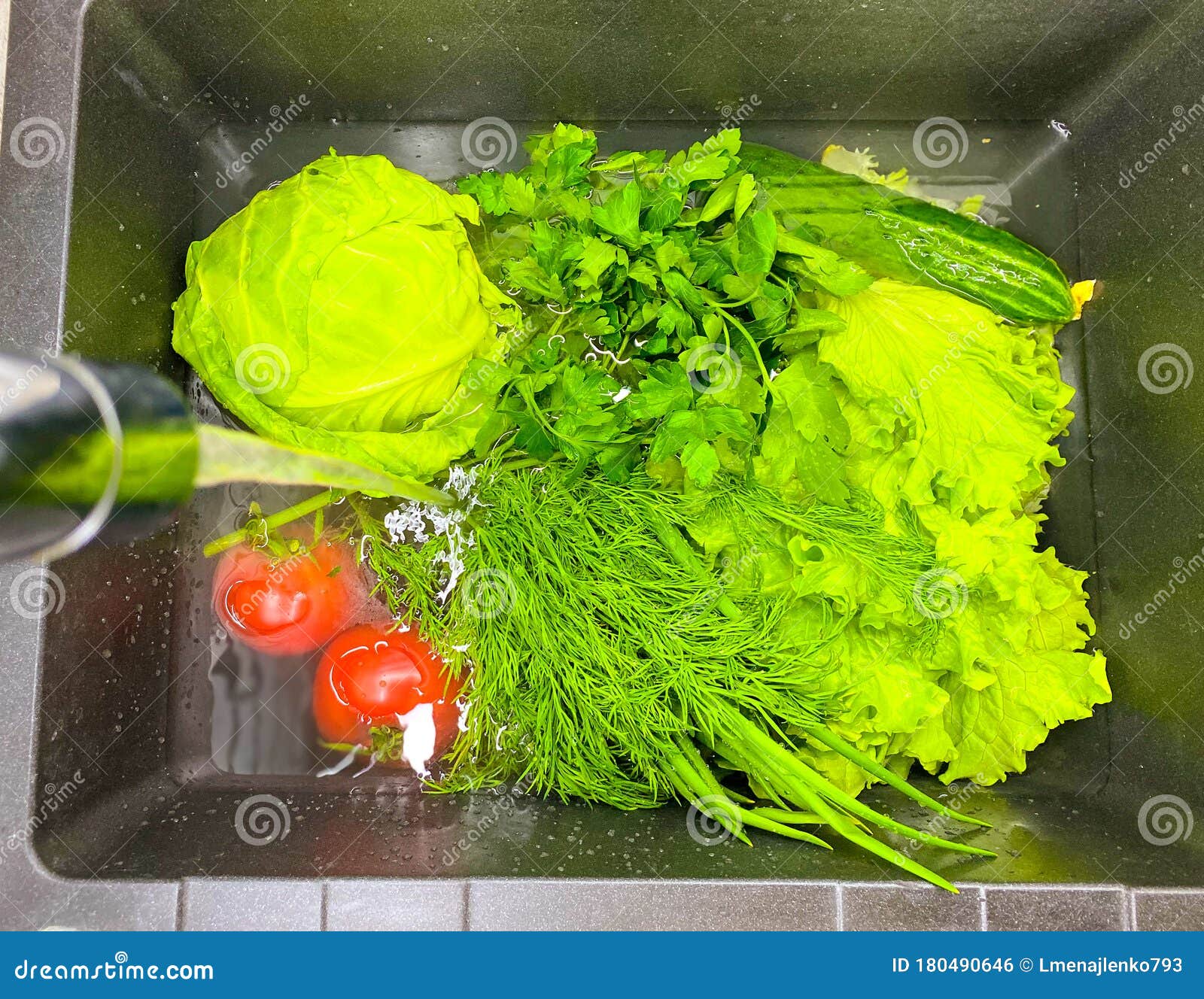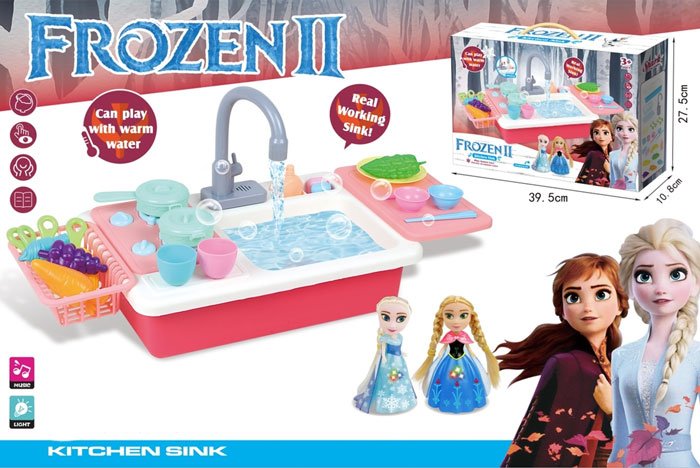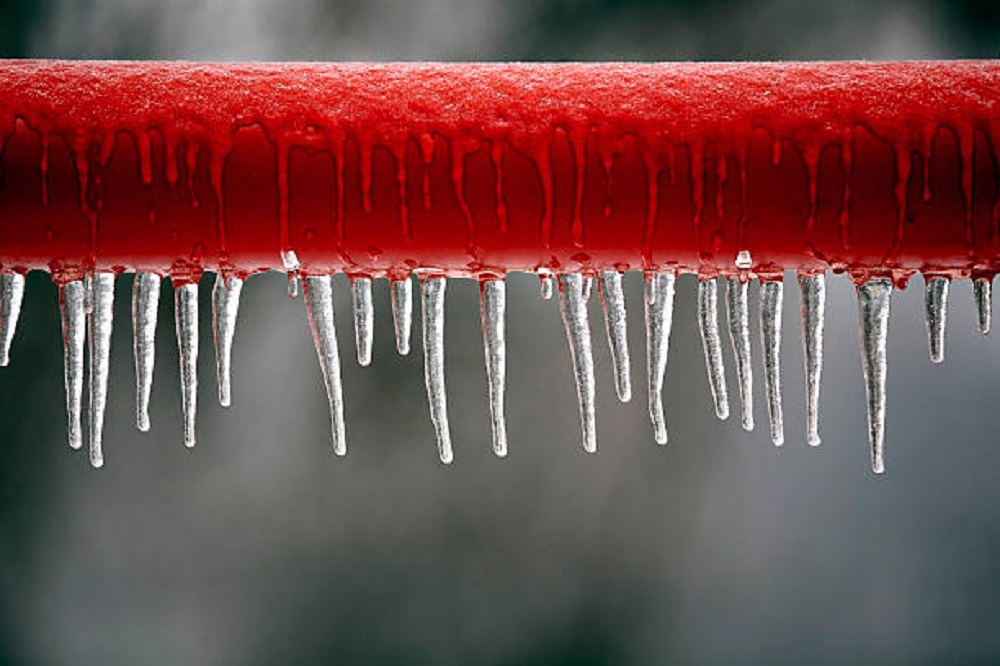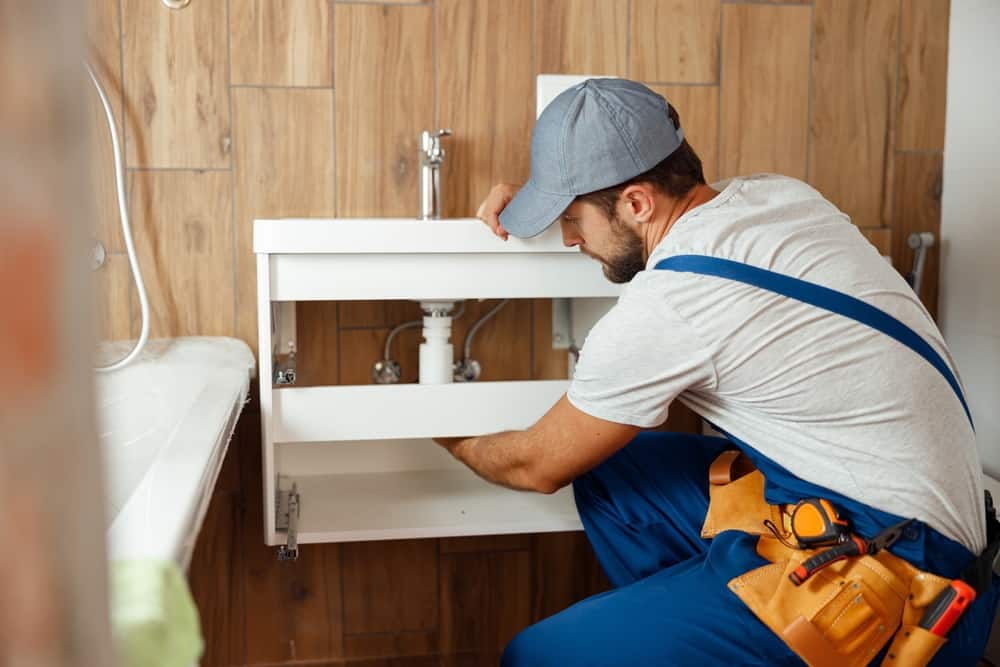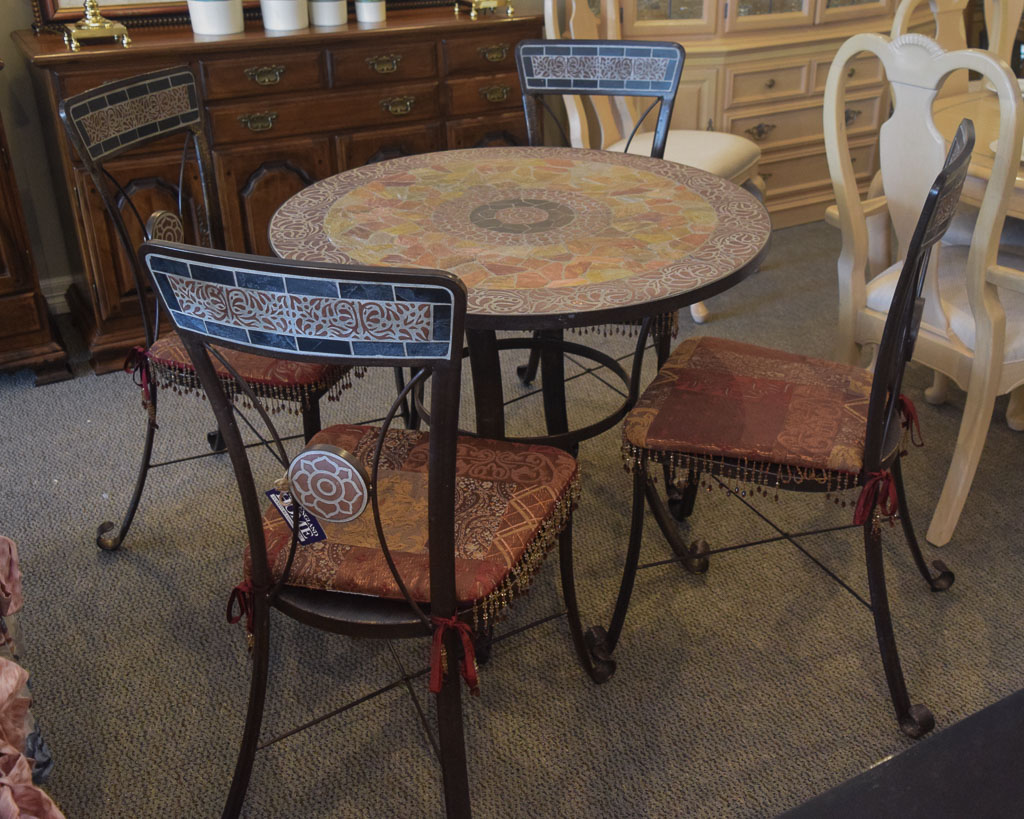If you've turned on your kitchen sink and noticed that there's no water coming out, you may have a frozen water line. This can be a major inconvenience, especially during the cold winter months. But don't worry, there are some simple steps you can take to thaw out your frozen water line and get your sink running again. The first thing you should do is check to see if any other faucets in your house are also not working. This can help determine if the problem is isolated to just your kitchen sink or if it's a larger issue with your water supply. If it's just your kitchen sink, then chances are your water line is frozen. The next step is to locate where the frozen water line is. In most cases, it will be near the exterior wall where your kitchen sink is located. You may also want to check any cabinets or crawl spaces underneath your sink to see if you can spot the frozen section of pipe. Once you've located the frozen water line, you can begin the thawing process. The safest and most effective method is to use a hairdryer on the low or medium setting. Point the hairdryer at the frozen section and move it back and forth until the water starts to flow again. Be sure to keep the hairdryer a safe distance away from the pipe to avoid any damage. If you don't have a hairdryer, you can also try using hot water to thaw the frozen line. Fill a pot with hot water and place it near the frozen section of pipe. You can also use a hot towel or heating pad to help warm up the pipe. Just be sure to keep a close eye on it to avoid any potential fire hazards. After a few minutes of using either method, you should start to notice the water flowing again. Once the sink is working, be sure to leave the faucet running at a slow drip to help prevent the water line from freezing again.How to Thaw a Frozen Water Line in a Kitchen Sink
Dealing with a frozen water line in your kitchen sink can be a hassle, so it's best to take preventative measures to avoid it from happening in the first place. Here are some tips to help prevent your kitchen sink water line from freezing: Insulate your pipes: One of the best ways to prevent your water line from freezing is to properly insulate your pipes. This is especially important for pipes that are located near exterior walls or in unheated areas. You can use foam pipe insulation or heat tape to wrap around the pipes and keep them warm. Keep your house warm: During the winter, it's important to keep your house at a consistent temperature, even when you're not home. This will help keep your pipes from freezing. If you're planning on being away for an extended period of time, be sure to keep your thermostat set to at least 55 degrees. Let your faucets drip: As mentioned earlier, keeping a slow drip in your faucets can help prevent your water line from freezing. This is because the constant movement of water can help prevent it from freezing in the pipes.How to Prevent Your Kitchen Sink Water Line from Freezing
If you've followed all of the preventative measures and your kitchen sink water line still freezes, don't panic. Here are some steps you can take to safely thaw it out: Turn off the water: The first thing you should do is turn off the water supply to your kitchen sink. This will prevent any potential flooding or water damage if the frozen line were to burst. Use a hairdryer or hot water: As mentioned earlier, using a hairdryer or hot water can help thaw out a frozen water line. Just be sure to use caution and keep a safe distance from the pipe. Call a professional: If you're uncomfortable or unable to safely thaw out the frozen water line, it's best to call a professional plumber. They have the necessary tools and expertise to safely fix the issue and prevent it from happening again in the future.What to Do When Your Kitchen Sink Water Line Freezes
It's important to be able to recognize the signs of a frozen water line in your kitchen sink so you can take action before it becomes a major problem. Here are some common signs to look out for: No water coming out of the faucet: This is the most obvious sign of a frozen water line. If you turn on your kitchen sink and no water comes out, chances are your water line is frozen. Strange noises: If you hear gurgling or banging noises when you turn on your faucet, it could be a sign that there's air trapped in the frozen section of the pipe. Frost on the exterior of the pipe: If you're able to access the frozen section of the pipe, you may notice frost or ice on the exterior. This is a clear indication that the water inside the pipe has frozen.Signs of a Frozen Water Line in Your Kitchen Sink
As mentioned earlier, one of the best ways to prevent your kitchen sink water line from freezing is to properly insulate it. Here's how you can do that: Wrap the pipes in foam insulation: You can purchase foam pipe insulation from your local hardware store and wrap it around the pipes. This will help keep the pipes warm and prevent them from freezing. Use heat tape: If you live in an area with extremely cold temperatures, you may want to consider using heat tape to insulate your pipes. This is a heated wire that you can wrap around the pipes and plug into an outlet to keep them warm. Keep cabinets open: If your kitchen sink is located in a cabinet, be sure to keep the cabinet doors open during cold weather. This will allow warm air from your house to circulate around the pipes and keep them from freezing.How to Insulate Your Kitchen Sink Water Line to Prevent Freezing
Understanding the common causes of frozen water lines in kitchen sinks can help you take preventative measures and avoid the issue altogether. Here are some of the most common causes: Extreme cold temperatures: When temperatures drop below freezing, it's more likely that your water line will freeze. This is especially true if the pipes are located in unheated areas or near exterior walls. Insufficient insulation: If your pipes are not properly insulated, they are more susceptible to freezing. This is why it's important to take the necessary steps to insulate your pipes before the cold weather hits. Leaky faucets: If you have a leaky faucet, the constant dripping can cause the water in the pipes to freeze. Be sure to fix any leaky faucets as soon as possible to prevent this from happening.Common Causes of Frozen Water Lines in Kitchen Sinks
Thawing out a frozen water line can be a dangerous task if not done properly. Here are some tips to help you safely thaw a frozen kitchen sink water line: Use a hairdryer or hot water: As mentioned earlier, the safest and most effective methods to thaw a frozen water line are using a hairdryer or hot water. Just be sure to use caution and keep a safe distance from the pipe. Never use an open flame: It may be tempting to use a lighter or blowtorch to thaw out a frozen water line, but this is extremely dangerous and can lead to a fire. Stick to using a hairdryer or hot water. Call a professional: If you're uncomfortable or unable to safely thaw out the frozen water line, it's best to call a professional plumber. They have the necessary tools and expertise to safely fix the issue.How to Safely Thaw a Frozen Kitchen Sink Water Line
If you've experienced multiple frozen water lines in your kitchen sink, there may be an underlying issue that needs to be addressed. Here are some common reasons why your kitchen sink water line keeps freezing and how to fix it: Insufficient insulation: As mentioned earlier, inadequate insulation is a common cause of frozen water lines. Be sure to properly insulate your pipes to prevent them from freezing. Poorly installed pipes: If your pipes were not installed correctly, they may be more prone to freezing. In this case, it's best to call a professional plumber to properly install new pipes. Leaks or cracks: If your pipes have any leaks or cracks, cold air can enter and cause the water to freeze. Be sure to fix any leaks or cracks as soon as possible.Why Your Kitchen Sink Water Line Keeps Freezing and How to Fix It
Dealing with a frozen water line in your kitchen sink can be frustrating, but here are some tips to make the process a little easier: Be patient: Thawing out a frozen water line can take some time, so be patient and don't rush the process. It's important to do it safely to avoid any further damage. Keep a drip in your faucets: As mentioned earlier, keeping a slow drip in your faucets can help prevent your water line from freezing. This is especially important during extremely cold weather. Check your pipes regularly: It's a good idea to regularly check your pipes for any signs of freezing or damage. This will allow you to catch any issues early on and prevent them from becoming a bigger problem.Tips for Dealing with a Frozen Kitchen Sink Water Line
If you turn on your kitchen sink and no water comes out, it can be hard to determine if the issue is a frozen water line or just a clog. Here's how you can tell the difference: Frozen water line: If your water line is frozen, you will likely notice a lack of water coming out of all faucets in your house, not just your kitchen sink. You may also notice frost or ice on the exterior of the pipe. Clogged pipe: If your water line is clogged, you may notice water coming out of other faucets in your house, but not your kitchen sink. You may also hear gurgling or slow draining from your sink.How to Tell if Your Kitchen Sink Water Line is Frozen or Just Clogged
The Importance of Proper Insulation in Preventing Kitchen Sink Water Line Freezing
/water-overflowing-in-kitchen-sink-200553937-001-5797e6335f9b58461f5a6736.jpg)
Understanding the Issue
 Frozen water lines are a common and frustrating problem for homeowners, especially during the winter months. This issue can be particularly troublesome when it affects the kitchen sink water line, as it can disrupt daily routines and cause significant inconvenience. The kitchen sink is a vital part of any household, used for cooking, cleaning, and daily hygiene practices. When the water line leading to the sink freezes, it can disrupt the flow of water and render the sink unusable. This issue is not only inconvenient but can also lead to costly repairs if not addressed promptly.
Frozen water lines are a common and frustrating problem for homeowners, especially during the winter months. This issue can be particularly troublesome when it affects the kitchen sink water line, as it can disrupt daily routines and cause significant inconvenience. The kitchen sink is a vital part of any household, used for cooking, cleaning, and daily hygiene practices. When the water line leading to the sink freezes, it can disrupt the flow of water and render the sink unusable. This issue is not only inconvenient but can also lead to costly repairs if not addressed promptly.
The Role of Insulation
 Proper insulation is a crucial factor in preventing kitchen sink water line freezing. Insulation acts as a barrier between the cold outside air and the warm pipes inside your home. It helps to maintain a consistent temperature within the pipes, preventing them from freezing and potentially bursting. Insulation also helps to prevent heat loss, ensuring that the water inside the pipes remains at a suitable temperature for use.
Keywords:
insulation, water line, kitchen sink, freezing, pipes, heat loss
Proper insulation is a crucial factor in preventing kitchen sink water line freezing. Insulation acts as a barrier between the cold outside air and the warm pipes inside your home. It helps to maintain a consistent temperature within the pipes, preventing them from freezing and potentially bursting. Insulation also helps to prevent heat loss, ensuring that the water inside the pipes remains at a suitable temperature for use.
Keywords:
insulation, water line, kitchen sink, freezing, pipes, heat loss
Areas to Insulate
 To effectively prevent kitchen sink water line freezing, it is essential to properly insulate all areas of your home where water lines are present. This includes the basement, crawl space, and attic, as well as any exterior walls that contain water pipes. It is also crucial to insulate the pipes themselves, including both hot and cold water lines. Pay special attention to areas where pipes are located near exterior walls, as these are more susceptible to freezing.
Keywords:
insulate, water lines, basement, crawl space, attic, exterior walls, hot and cold water, susceptible
To effectively prevent kitchen sink water line freezing, it is essential to properly insulate all areas of your home where water lines are present. This includes the basement, crawl space, and attic, as well as any exterior walls that contain water pipes. It is also crucial to insulate the pipes themselves, including both hot and cold water lines. Pay special attention to areas where pipes are located near exterior walls, as these are more susceptible to freezing.
Keywords:
insulate, water lines, basement, crawl space, attic, exterior walls, hot and cold water, susceptible
Other Tips for Preventing Frozen Water Lines
 Aside from insulation, there are other steps homeowners can take to prevent kitchen sink water line freezing. These include keeping cabinet doors open to allow warm air to circulate around the pipes, allowing faucets to drip during extremely cold weather, and keeping the thermostat at a consistent temperature throughout the day and night. It is also essential to regularly check for any leaks or cracks in the pipes and have them repaired immediately to prevent freezing.
Keywords:
prevent, frozen water lines, cabinet doors, warm air, circulate, faucets, drip, thermostat, leaks, cracks, repaired
In conclusion, proper insulation is crucial in preventing kitchen sink water line freezing. By taking the necessary steps to insulate all areas of your home and regularly checking for any issues, you can avoid the inconvenience and potential costly repairs of a frozen water line. Don't let this common winter problem disrupt your daily routine – take action to properly insulate your home and keep your kitchen sink water line flowing smoothly.
Aside from insulation, there are other steps homeowners can take to prevent kitchen sink water line freezing. These include keeping cabinet doors open to allow warm air to circulate around the pipes, allowing faucets to drip during extremely cold weather, and keeping the thermostat at a consistent temperature throughout the day and night. It is also essential to regularly check for any leaks or cracks in the pipes and have them repaired immediately to prevent freezing.
Keywords:
prevent, frozen water lines, cabinet doors, warm air, circulate, faucets, drip, thermostat, leaks, cracks, repaired
In conclusion, proper insulation is crucial in preventing kitchen sink water line freezing. By taking the necessary steps to insulate all areas of your home and regularly checking for any issues, you can avoid the inconvenience and potential costly repairs of a frozen water line. Don't let this common winter problem disrupt your daily routine – take action to properly insulate your home and keep your kitchen sink water line flowing smoothly.
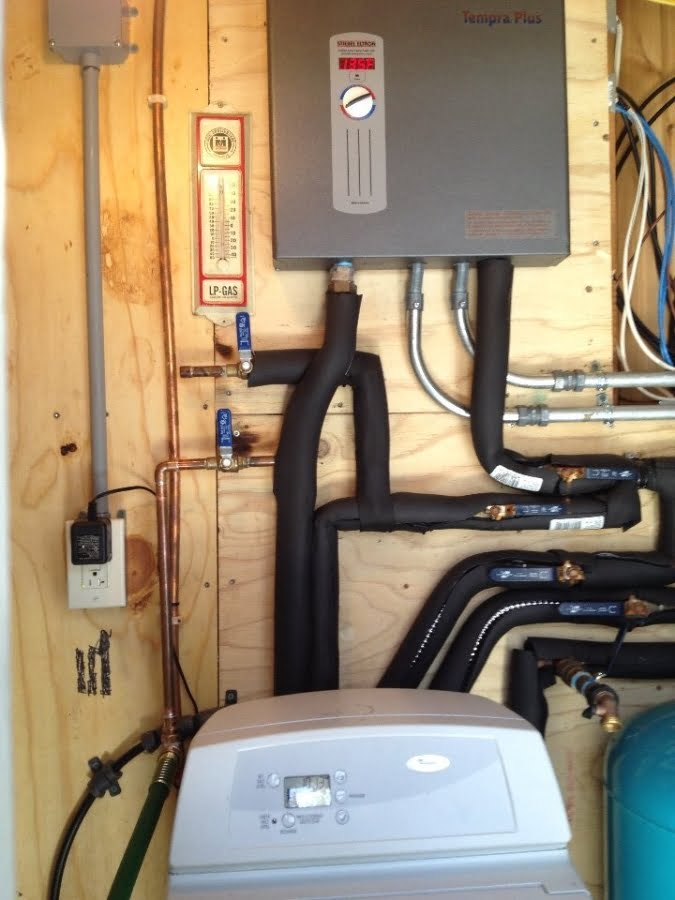





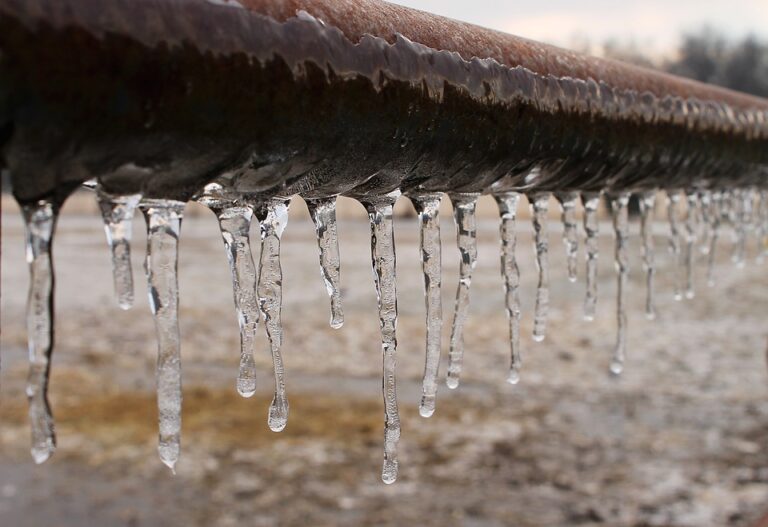
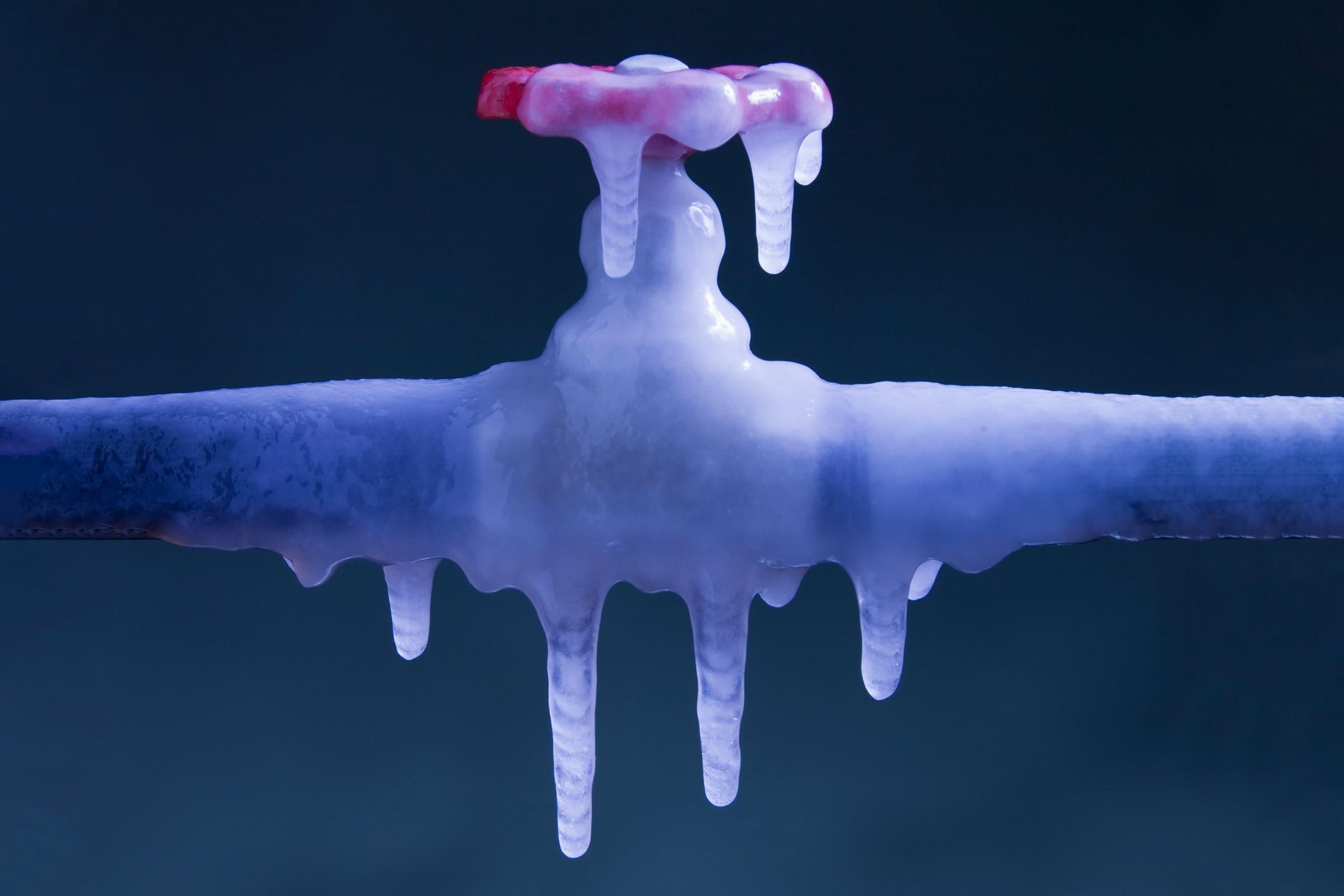



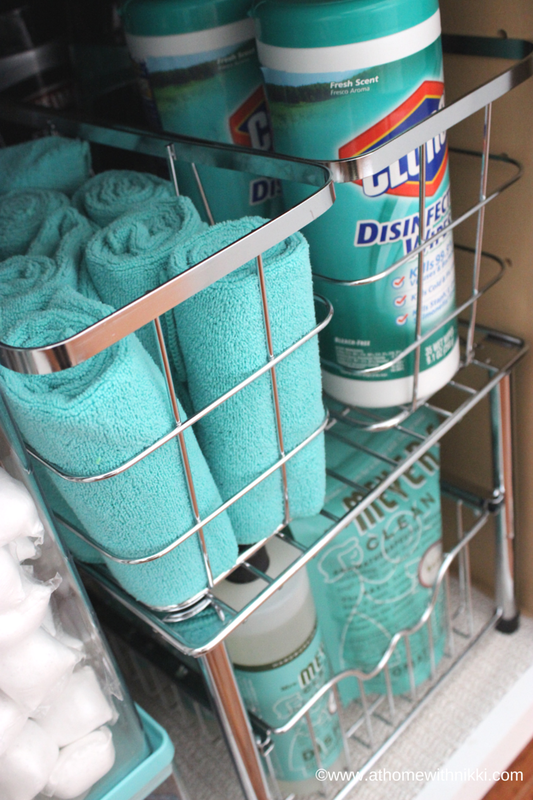


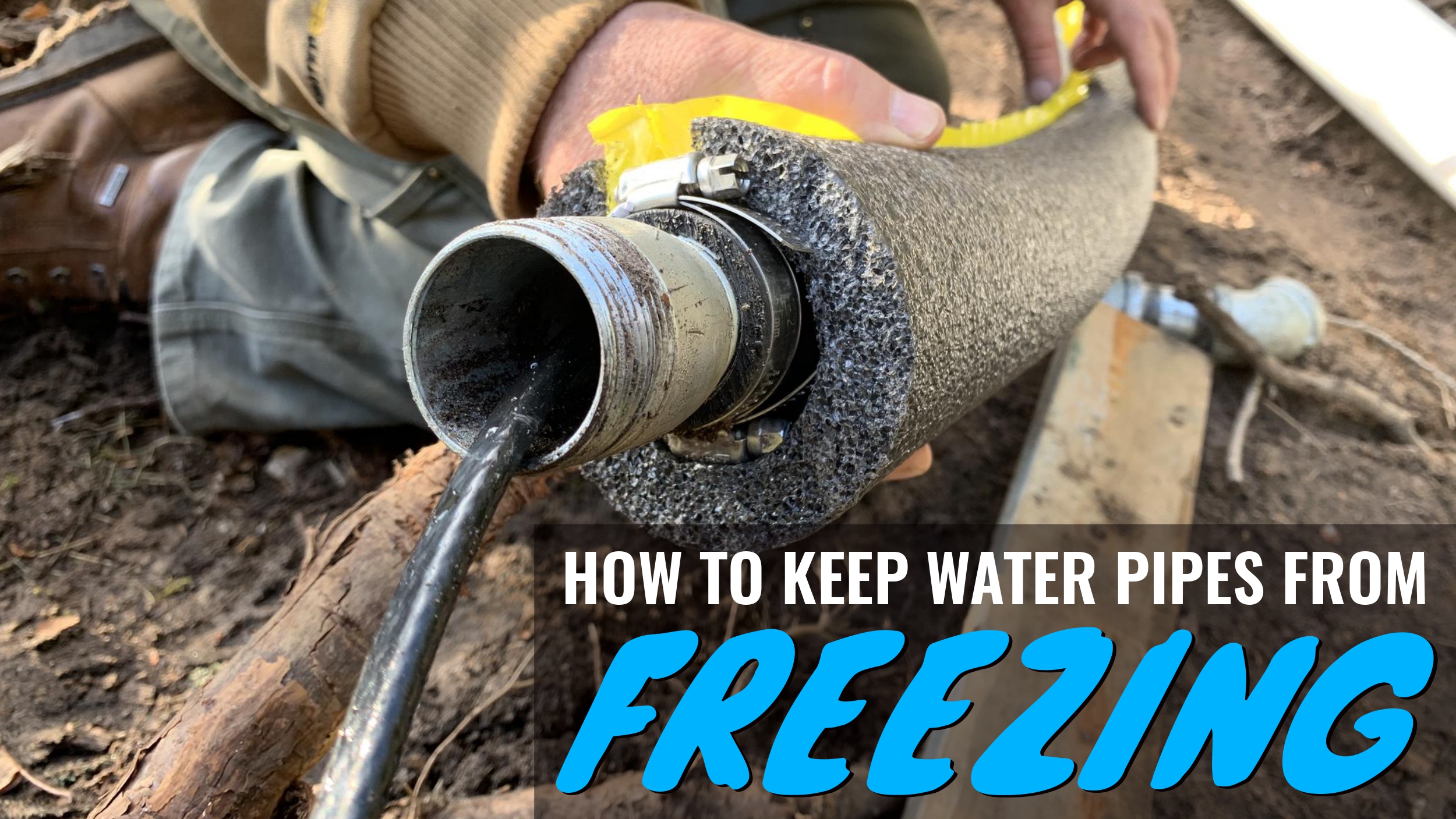
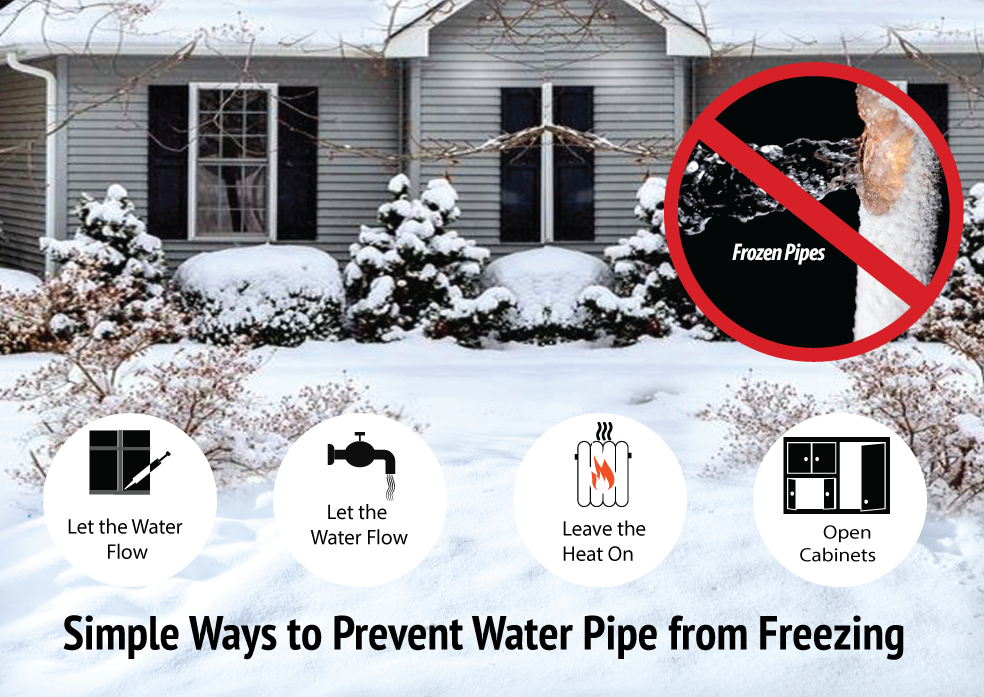
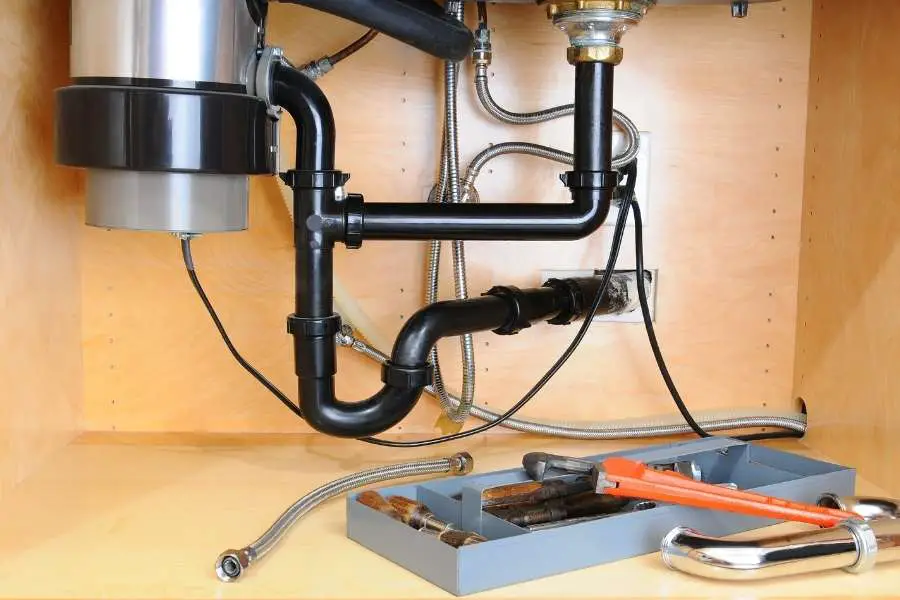


:no_upscale()/cdn.vox-cdn.com/uploads/chorus_asset/file/19495086/drain_0.jpg)


